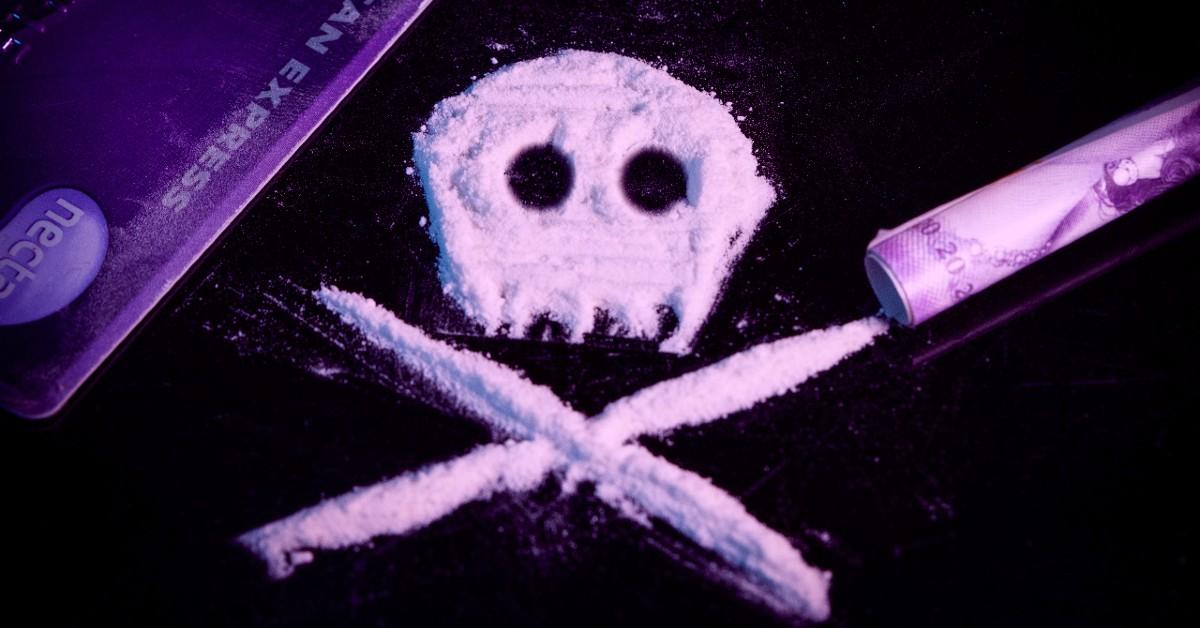What is Pink Cocaine? We Expose Sinister Rise of Drug Blamed for Liam Payne's Death — and How It's Sweeping U.S. as Experts Brand Killer Powder 'Hollywood’s New Ketamine'

Liam Payne was found with 'pink cocaine,' Hollywood's latest drug craze, in his system at his time of death.
Oct. 22 2024, Updated 2:52 p.m. ET
The alarming new Hollywood drug linked to Liam Payne's death could be on its way to igniting a deadly epidemic.
A combination of ketamine, methamphetamine, and ecstasy known as "pink cocaine" could have a "nightmare" effect on those wealthy enough to get their hands on it, RadarOnline.com can reveal.

We go inside Liam Payne's rollercoaster public and personal life.
A source told RadarOnline.com: "This drug cocktail is a nightmare as it can kill so fast, and yet it’s the biggest craze in the Hollywood drugs scene."
"It’s overtaking ketamine in popularity, and the deaths from it are going to hit epidemic proportions among the rich and famous who can afford it as there’s so much packed into it."

'Pink cocaine' got its name from the bright pink color derived from food coloring that sometimes includes strawberry flavoring.
New toxicology reports showed the deadly mix was present in Payne's bloodstream at his time of death, along with benzodiazepine, cocaine, and crack.
Former DEA agent Bill Bodner said: "The first piece that we almost always see in pink, or pink cocaine, is ketamine - a dissociative drug, something that makes people feel like they're detached from reality. The second component is psychedelics."
The name "pink cocaine" stems from its bright pink hue — derived from food coloring — which sometimes includes strawberry flavoring that can be inhaled or taken in pill form.
The drug is commonly referred to on the street as "tusi" or "tuci" and functions as both a stimulant and a depressant.

Pink cocaine has become a fashionable drug in showbiz circles.
Bodner noted that the "fashionable" drug, which rose in popularity in Latin American nightclubs, is "very, very cheap to make and they can kind of tailor the drug to what the drug user is looking for."
It has also amassed massive popularity in Ibiza recently — where Brits often go to party.
While pink cocaine has been referred to as "very millennial," experts are warning it has now been diluted into "dealers' leftovers."
The Spanish drugs testing agency even launched a campaign to make its people aware of the drug's health risks, including blurred vision, panic attacks, heart problems, anxiety, and strokes.

Payne was preyed on by local drug dealers keen to exploit his wealth.
A police source told the Majorca Daily Bulletin: "It's so powerful that it causes severe hypertension and can lead to heart failure. It's a bomb because it is ecstasy and amphetamines in powder form. People don't know what they are consuming."
Its numerous harmful side effects can also alter the user's perception of reality — possibly having a hand in Payne's death.

Payne's body was found on the wooden deck of the Casa Sur Hotel in Argentina after he took a fatal plunge from his hotel balcony last week.
A makeshift aluminum pipe was spotted near the troubled star's remains — most likely used for ingesting the substances.
White powder, burnt aluminum foil pieces, and matches were also found spread throughout his hotel room upon inspection.
Guests also reported Payne to have been acting "erratic" in the lobby before his death, with the hotel's owner even phoning 911 in fear that his life was "at risk" — noting Payne appeared to be under the influence of drugs and alcohol.
Pink cocaine was also recently connected to Sean "Diddy" Combs in a lawsuit filed by his former music producer, Rodney Jones.
Jones claimed it was "required all employees from the butler, the chef to the housekeepers, to walk around with a pouch or fanny pack filled with cocaine, GHB, ecstasy, marijuana gummies (100-250 mg's each), and Tuci (a pink drug that is a combination of ecstasy and cocaine)."
Have a tip? Send it to us! Email RadarOnline.com at tips@radaronline.com.



